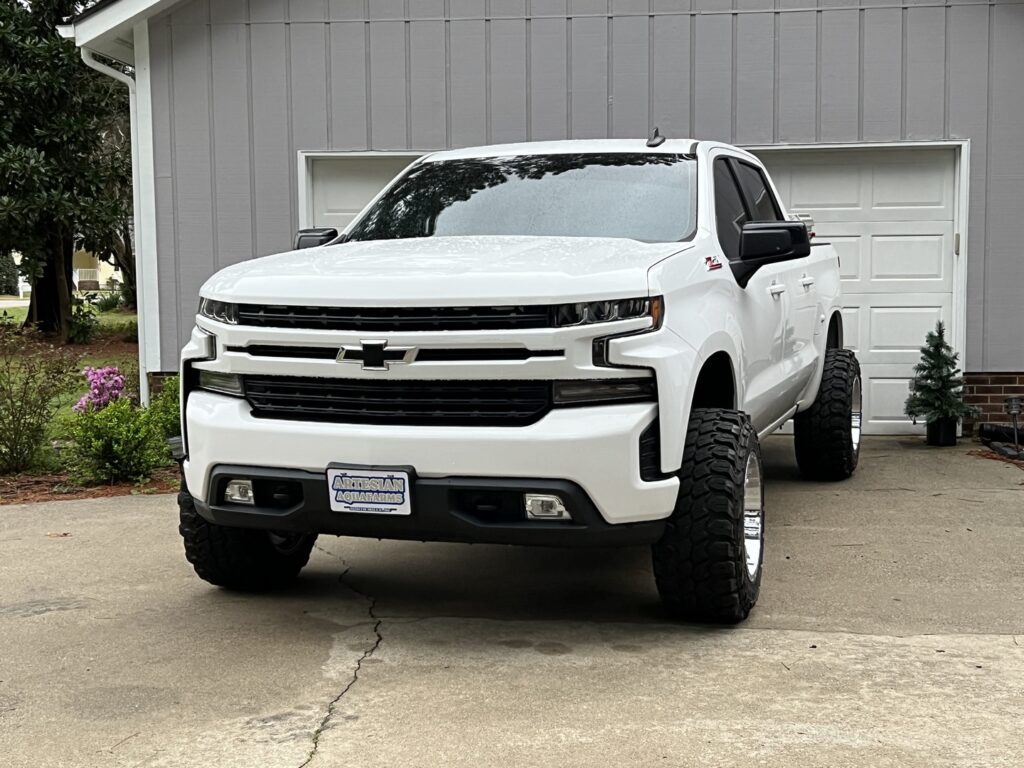When optimizing a vehicle’s performance and handling, one crucial component that often goes unnoticed is the upper control arm. While it may not be as well-known as other suspension parts, the upper control arm maintains stability, control, and overall driving comfort. This article will dig into the vitality of KSP upper control arms in vehicle suspension systems and highlight their impact on safety and performance.
What Are Upper Control Arms?
Upper control arms, or upper A-arms or UCA, are vital to a vehicle’s suspension system. They are typically found in the front suspension but can also be present in the rear suspension of some vehicles. The upper control arm connects the upper part of the steering knuckle or spindle to the vehicle’s frame or body structure. It works with other suspension components to ensure smooth and controlled movement of the wheel assembly.
Function and Benefits
- Wheel Alignment: One of the primary functions of the upper control arm is to assist in maintaining proper wheel alignment. Connecting the steering knuckle to the vehicle’s frame helps control the camber angle, which is the vertical tilt of the wheel. Proper alignment ensures even tire wear, improved handling, and enhanced stability during cornering.
- Suspension Geometry: Upper control arms play a crucial role in maintaining the suspension geometry of a vehicle. They help control the caster angle, which is the frontend or backend tilt of the steering axis. The correct caster angle contributes to steering stability, straight-line tracking, and cornering performance.
- Shock Absorption: Upper control arms work with other suspension components, such as coilover or struts, to absorb road impacts and vibrations. This helps to provide a smoother ride, reduces body roll, and enhances overall driving comfort.
- Handling and Control: By maintaining proper wheel alignment and suspension geometry, upper control arms contribute to improved handling and control of the vehicle. They help distribute weight evenly across the tires, allowing for a more precise steering response and better traction.
Signs of Wear and Replacement
Over time, upper control arms may experience wear and tear due to road conditions, driving style, and mileage. Here are some signs that indicate the need for inspection or replacement of the upper control arms:
- Uneven Tire Wear: Excessive wear on the interior or exterior edges of the tires can suggest alignment issues, which worn upper control arms may cause.
- Vibrations and Noise: If you notice unusual vibrations or knocking sounds from the front suspension, it could be a sign of worn-out upper control arm bushings or ball joints.
- Loose or imprecise steering: A feeling of looseness or imprecise steering response may indicate deteriorated control arm components.
- Excessive Body Roll: Increased body roll during cornering or instability when driving over bumps could result from worn upper control arms.
Conclusion
Upper control arms may be less well-known than other suspension components, but they play a critical role in maintaining a vehicle’s stability, control, and comfort. By working together with the steering system and other suspension parts, they ensure proper wheel alignment, contribute to suspension geometry, absorb road impacts, and enhance handling. Regular inspection and maintenance of the upper control arms are essential to ensure optimal performance, safety, and a comfortable driving experience.


